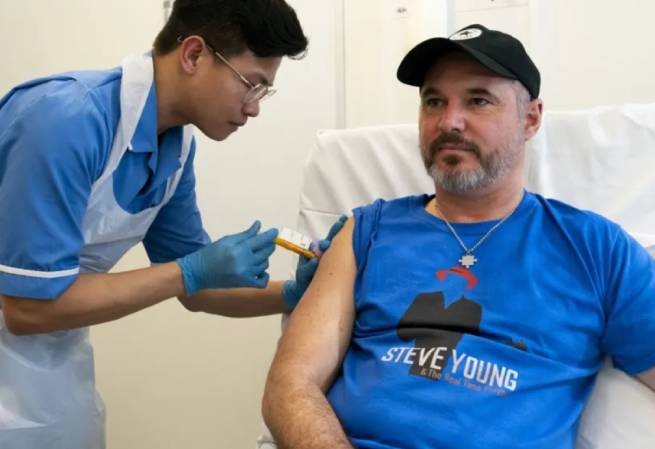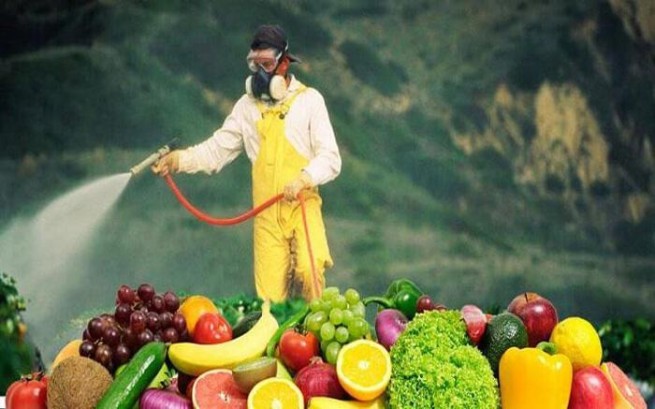In June and July of this year, 408 inspections of plant products for the presence of pesticide residues were carried out.
The results of checks carried out by the competent authorities for the detection of residues of fertilizers and protective chemicals (pesticides) in or on food products of plant origin are posted on the website of the Ministry of Rural Development and Food.
https://rua.gr/news/bissecon/20325-tomaty-s-pestitsidami-na-rynke-pireya.html
During the checks carried out in June How on domestic market and at border checkpointsidentified products of plant origin with a low (tolerable) content of pesticide residues that do not adversely affect the health of consumers.
https://rua.gr/news/prireco/48310-pestitsidy-v-evropejskikh-fruktakh-issledovanie-shok.html
But in the July inspections, a completely different picture was observed. Three samples with “potential danger” for consumers are revealed.
https://rua.gr/news/procrim/33249-unichtozheno-7-tonn-ovoshchej-s-pestitsidami.html
In particular, in June 2023, 408 inspections were carried out, of which 382 in the domestic market and 26 at border crossings. Of all the samples, five samples of products were found to exceed the MRL (maximum allowable level).
With the proper use of pesticides, exceeding the maximum allowable level (MRL) of their active substances in agricultural products, including fruits and vegetables, is strictly not allowed. As for the consumption of products, if there are microscopic amounts of pesticides (naturally, below the MRL level), then they do not have any toxic effect on humans.
Not all pesticides are equally dangerous to humans. According to the degree of danger, they are divided into four groups:
- Extremely dangerous
- Highly dangerous
- Moderately hazardous
- Low-dangerous.
To date, the use of extremely hazardous pesticides in agricultural production is prohibited, and in personal subsidiary plots only moderately and low-hazardous pesticides are allowed to be used.
In July, control was carried out on 256 samples, of which 237 were on the domestic market and 19 at border control points. Of all the samples, 10 exceeded the MRL, and three exceeded the MRL “with potential risk to consumers”. It should be noted that inspections in the domestic market in July were carried out in the open market, in supermarkets, in retail stores, at a sorting and processing point, in a vegetable market, in a field, in a wholesale warehouse and in the manufacturer’s warehouse.
The MRL is the highest level of pesticide residue permitted by law in or on food or feed when pesticides are applied in accordance with good agricultural practice.
When evaluating the safety of maximum pesticide residue levels (MRLs) in EU, chronic and acute dietary exposure to pesticide residues on consumer health evaluated using calculation model developed by EFSA (EFSA PRIMo). The aim of the model is to simultaneously assess the short-term and long-term exposure of consumers to pesticide residues and compare the calculated exposure with toxicological reference values to identify potential risks to consumer health.







More Stories
Where will Greeks go for Easter: the best domestic and foreign destinations
Fine 1200 euros for the bad habit of Greeks at Easter, who is at risk
UK: human trial of melanoma vaccine started